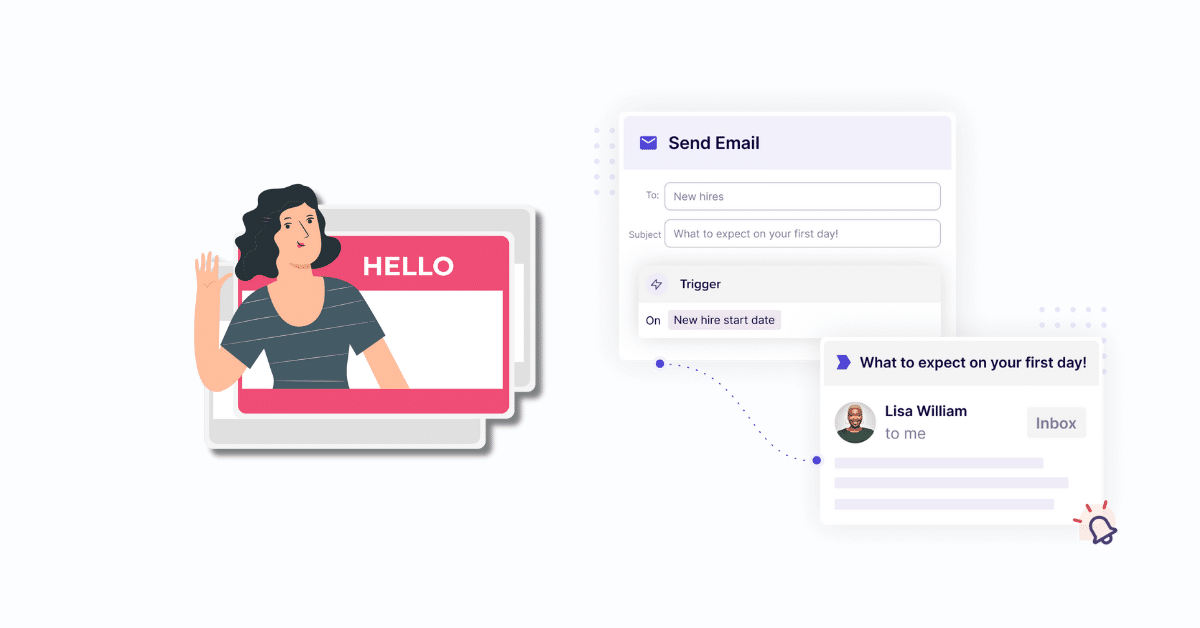Behind the Vanishing Act
A recent survey conducted by Gartner revealed that 50% of candidates who accepted a recent job offer backed out and began working for another employer. Further, 90% of candidates reported having exited a hiring process due to mismatches in employee value proposition preferences.
Said preferences, ranging from compensation to community, schedule flexibility and career pathing, all play a substantial role in today’s wide-ranging landscape of work that transcends geographical boundaries. The sheer abundance of work from home choices and lifestyles has steepened the competition for remote-work recruiters and ultimately shifted the dynamics of the hiring process on both ends. It’s not just about finding a job; it’s about finding the right fit.
Moreover, candidates often receive multiple offers simultaneously, making them more likely to walk away from a job opportunity, even after they successfully interviewed or tentatively accepted the position.
The lure of job hopping also extends into the minds of current workers, who continue their job search while actively employed. This phenomenon is reflected in Bankrate’s 2023 job seeker survey, which found that 56% of workers were planning to look for a new position within the next year.
Though the Great Resignation seems to be losing steam, the prominent recurrence of job hopping via ghosting continues to poke at the weak spots of remote workspaces: personalized connection and sound company culture. Both of which can only be realized through a comprehensive onboarding framework that recognizes the employee experience truly begins before the first day on the job.
A Two Way Street
The hiring process today is no longer a one-sided exchange where employers hold all the cards. Rather, it’s a two-way street where both parties are required to engage with consistency and transparency in order to find the right company match.
Of course, no one, neither employer or employee, wants to be ghosted. Though it’s a popular conflict avoidance tactic, it can feel really exasperating, even disspiriting to be on the side of the ‘ghostee.’
However, it is also understandable that when a candidate senses a disconnect between their expectations and what the employer provides, they may decide to back out of an accepted offer and pursue an opportunity that better aligns with their values and career aspirations. For, at the end of the day, a half-hearted commitment just defers an employee mismatch issue for a later time.
To build a strong foundation for a culture of retention, a sincere commitment to company morale, branding, and reputation is essential for remote teams from the get go – especially given the widespread use of employer review sites guiding employee decisions. Notably, 86% of employees are likely to research company reviews online during their job hunt.
With all this in mind, the recruiting process is the vital first line of defense against employee turnover, where first impressions of remote company’s organizational culture have the power to make or break the ghosting cycle.
Prioritizing Preboarding
The best way to prioritize preboarding as a ghosting solution is to loop it into company onboarding strategy. Cleary’s onboarding experience seamlessly combines these two crucial elements in the new hire orientation, helping remote-first companies ward off ghosting with three key approaches:
- Consistency and Feedback Channels: Encourage new hires to share their concerns and expectations during the preboarding phase. Create feedback channels where they can voice any reservations or questions and always acquaint job seekers of where they are in the hiring process, when they can expect to be contacted, etc.
- A Window Into Company Culture: Virtual meet-and-greets, team-building activities, and onboarding buddies can help new hires feel connected to the organization’s culture even before they start. Cleary’s company values and shoutouts help perpetuate a welcoming atmosphere of employee engagement and acknowledgment.
- Flexibility and Transparency: Recognize that candidates may have unique circumstances or concerns. Be open to discussions about flexible start dates or other accommodations. Remember that good business etiquette, though respectful, should not come across as indifference. New hires are more likely to stick around if they feel a personal connection to the team and it’s mission!
Altogether, in the comedown of the Great Resignation, where WFH jobs are routine and competition for top talent is fierce, ensuring strong connections and communication pathways with new hires is essential for a smoother, efficient, and more forthright hiring process.
Spending significant time, energy, and resources on recruitment efforts, only to have candidates going ghost can be disheartening. However, by prioritizing preboarding and focusing on fostering a positive company culture, employers can better position themselves to retain the talent they’ve worked hard to attract.




